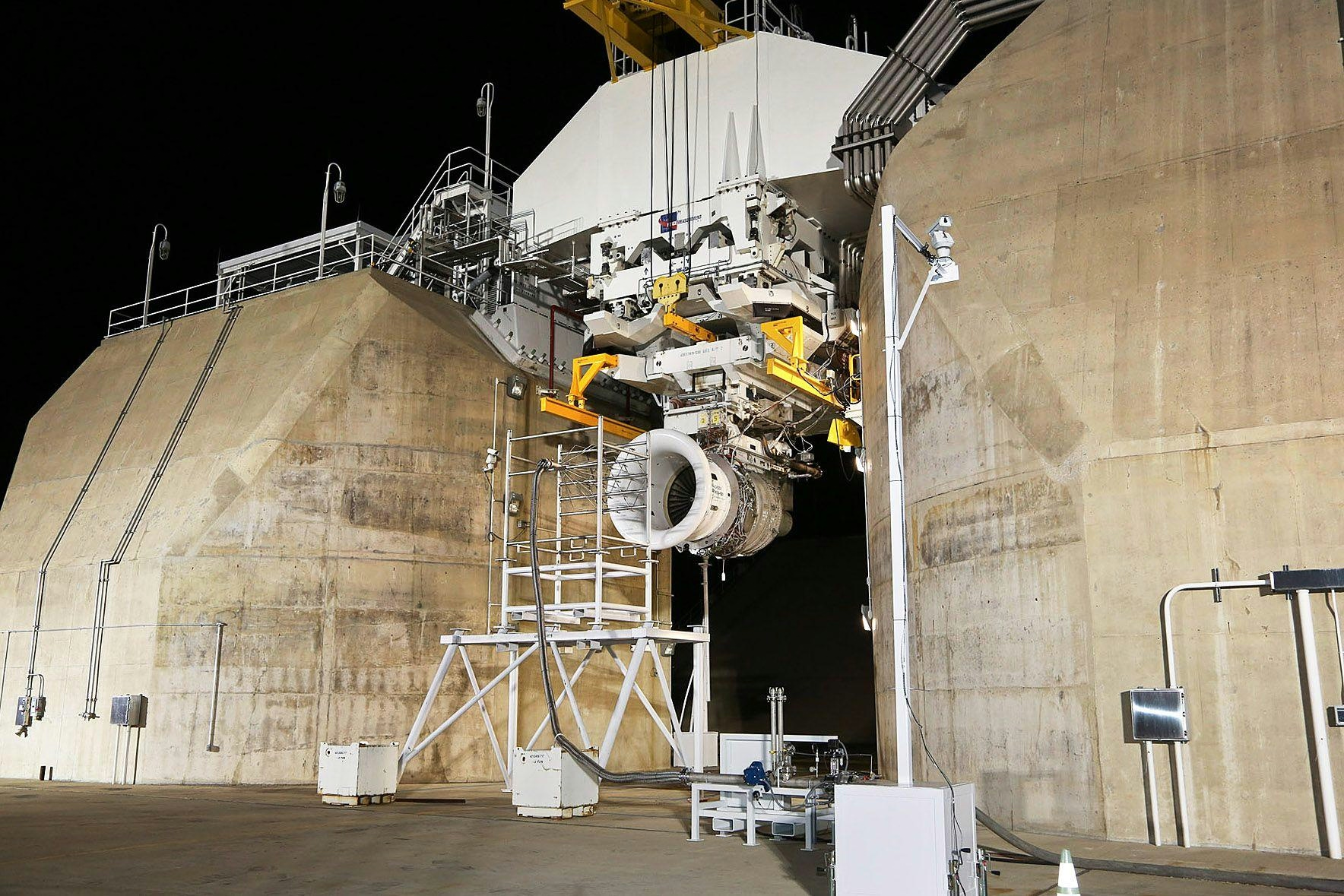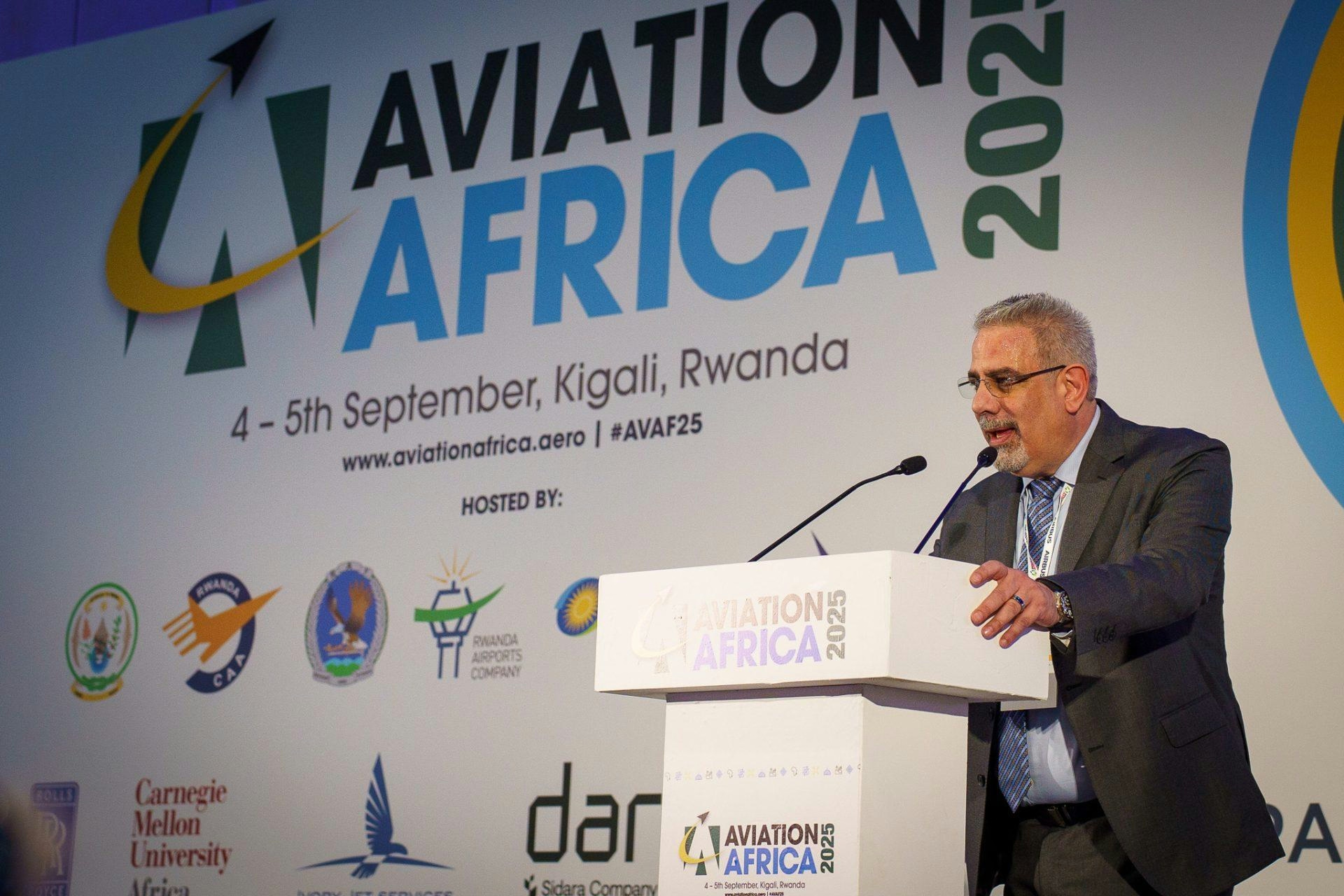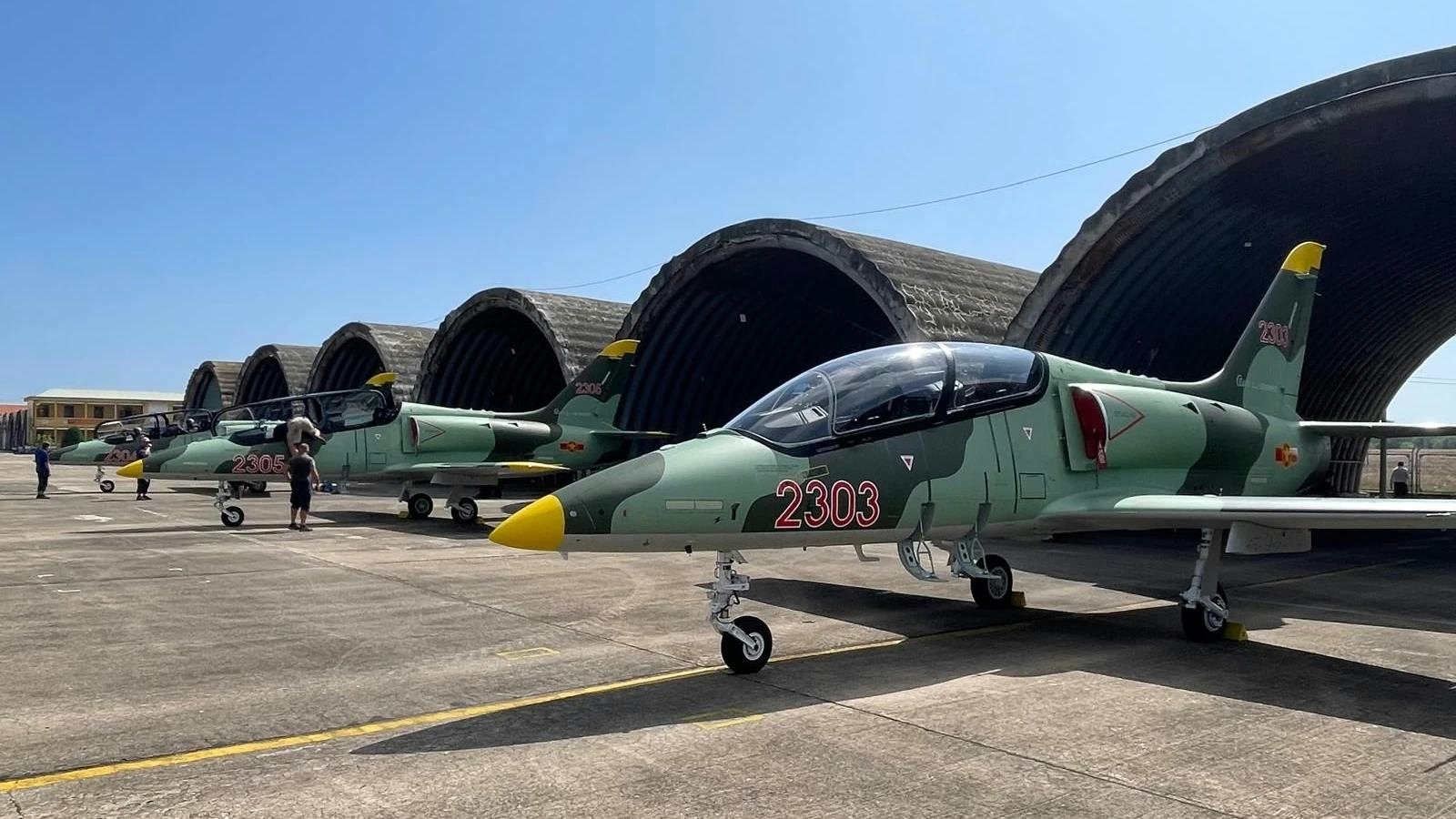
AeroGenie — Uw intelligente copiloot.
Trending
Categories
Red Cat Completes Flight Testing of Palantir’s VNav Software

Red Cat Completes Flight Testing of Palantir’s Visual Navigation Software on Black Widow Drone
San Juan, Puerto Rico, October 27, 2025 — Red Cat Holdings, Inc. (Nasdaq: RCAT), a leading U.S. provider of advanced drone and robotic solutions for defense and national security, has announced the successful completion of flight testing for Palantir Technologies’ (Nasdaq: PLTR) Visual Navigation (VNav) software on its Black Widow™ drone. The Black Widow, currently deployed under the U.S. Army’s Short Range Reconnaissance (SRR) program, demonstrated the capability to navigate effectively in GPS-denied environments using Palantir’s visual-based navigation technology.
Advancing Navigation in GPS-Denied Environments
This milestone represents the first known commercial demonstration of visual navigation software on a drone already integrated into a U.S. Army program. Jeff Thompson, CEO of Red Cat, emphasized the significance of the achievement, stating, “Every battlefield is a GPS-denied environment, and this successful test shows that Red Cat and Palantir are delivering a software-driven solution the Army can rely on. It requires no new hardware, is ready to deploy today, and gives warfighters the edge in contested environments.” Thompson further highlighted that this development marks Red Cat’s transition into a comprehensive defense technology platform, with anticipated margin expansion and strong revenue growth projected for 2026.
The VNav software utilizes edge-based sensor fusion, combining visual inputs with inertial data to produce real-time position estimates. Over several days of rigorous testing, engineers from Red Cat and Palantir assessed VNav’s performance under both standard and GPS-denied conditions, including high-speed and low-altitude flight scenarios. The software was fully integrated with the Black Widow’s flight controller, enabling seamless operation with or without GPS assistance. Tests confirmed accurate navigation in simulated GPS-denied environments, reliable performance at altitudes as low as 150 feet above ground level, and speeds up to 16 miles per hour. The system also demonstrated robustness in twilight and low-light conditions.
Validation Through Simulated Reconnaissance Missions
A key highlight of the testing was the successful completion of a simulated intelligence, surveillance, and reconnaissance (ISR) mission conducted entirely without GPS or human intervention. The mission profile involved cruising to a designated target, descending for surveillance, navigating multiple waypoints, and returning to base while maintaining continuous positional awareness. Palantir engineers reported a mean positional error of approximately seven meters over a 2.7-kilometer route, with VNav operating solely on the drone’s existing onboard sensors.
Akash Jain, President and CTO of Palantir USG, remarked on the software’s performance, stating, “Palantir Visual Navigation performed well in real-world conditions. This demonstrates our approach to visual navigation in disrupted environments—delivering intelligent software that adapts, scales across platforms like Black Widow, and supports the Army’s integrated operating systems.”
Strategic Positioning Amid Growing Defense Investments
Red Cat’s successful testing occurs against the backdrop of a significant increase in defense technology investments, with approximately $28 billion allocated to autonomous systems and communications technologies in 2025. The company’s strategic focus on defense-grade small ISR drones has attracted positive analyst coverage and ongoing collaborations, including partnerships with Safe Pro Group Inc. on AI-powered threat detection solutions. Nonetheless, the sector continues to face security challenges, underscored by recent concerns regarding vulnerabilities in a $100 million Army system developed jointly by Anduril and Palantir.
Looking ahead, Red Cat and Palantir are preparing for a formal demonstration to the U.S. Army and the deployment of a fully productized VNav capability across all fielded Black Widow systems.

Do Chickens Get Thrown Into Aircraft Engines?

IATA Identifies Africa as the Most Expensive Region for Airline Operations

From Acquisition to Growth

UAE Airports Adopt AI to Manage Rising Passenger Traffic

Spain’s Leading Airlines and Hotels Use Google Flights AI to Enhance Holiday Offers

Vietnam Grounds 28 Aircraft Amid Global Engine Shortage

United Airlines Flight Returns to Dulles After Engine Failure on Takeoff

United Airlines flight makes emergency landing at Dulles after engine failure

The Impact of the New Air Force One’s Delayed 2028 Arrival on Aviation and Travel
